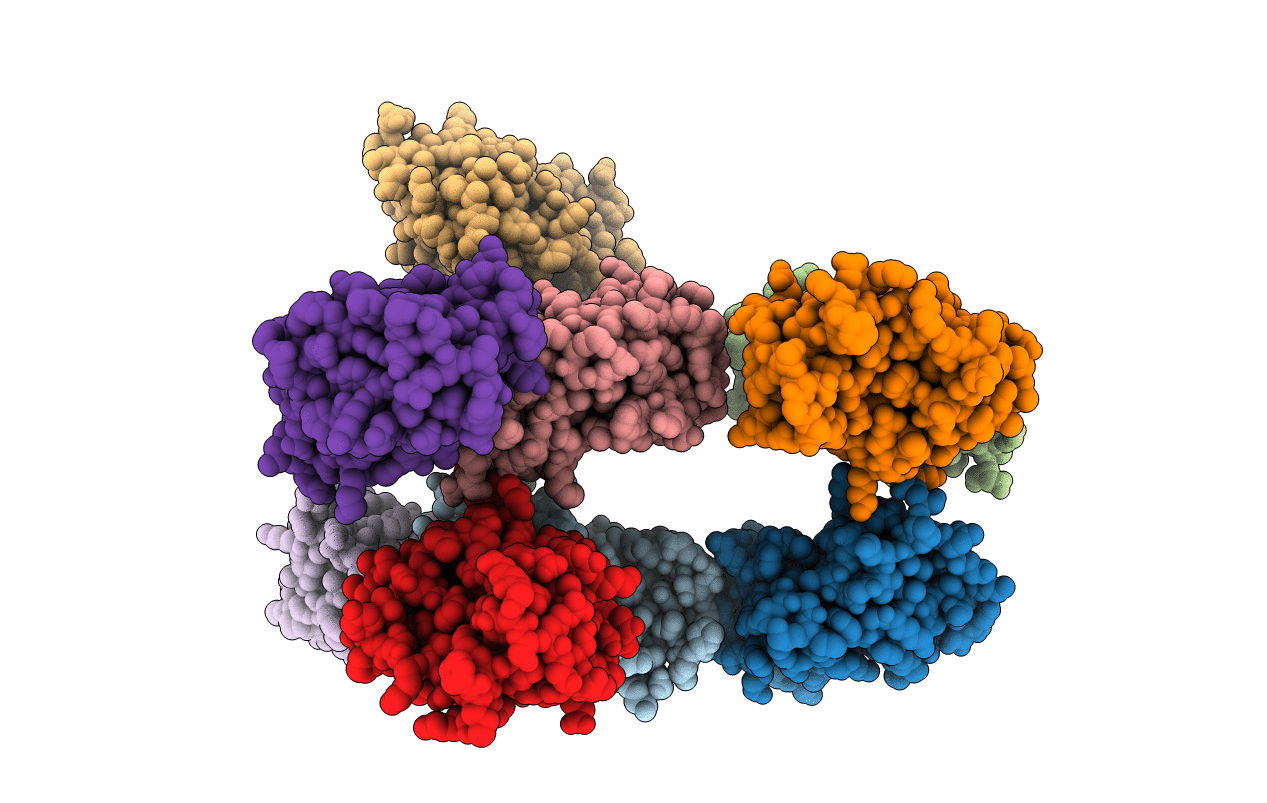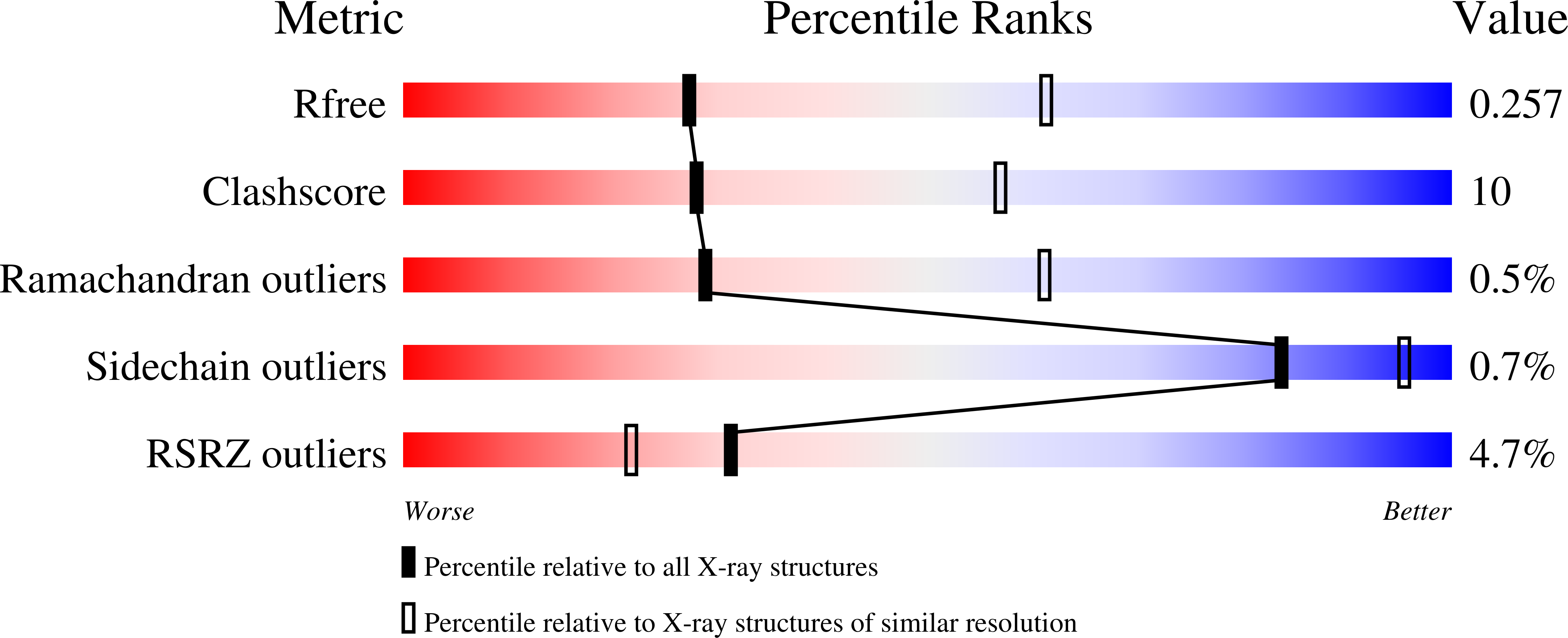
Deposition Date
2022-07-13
Release Date
2022-10-12
Last Version Date
2024-11-20
Entry Detail
PDB ID:
8AES
Keywords:
Title:
Crystal structure of a thermophilic O6-alkylguanine-DNA alkyltransferase-derived self-labeling protein-tag
Biological Source:
Source Organism:
Saccharolobus solfataricus (Taxon ID: 2287)
Host Organism:
Method Details:
Experimental Method:
Resolution:
2.80 Å
R-Value Free:
0.25
R-Value Work:
0.19
R-Value Observed:
0.19
Space Group:
P 21 21 21


